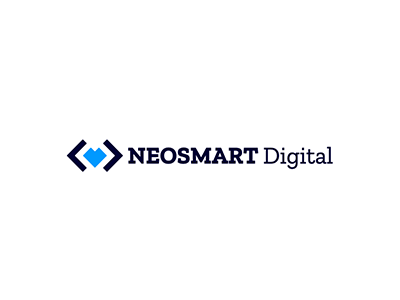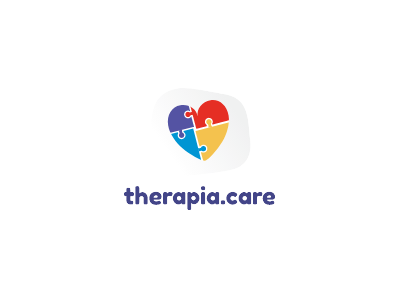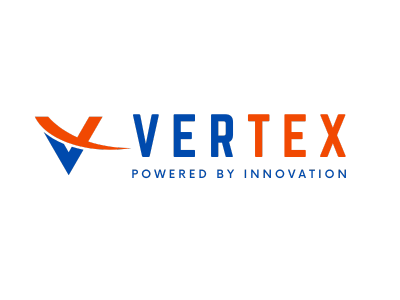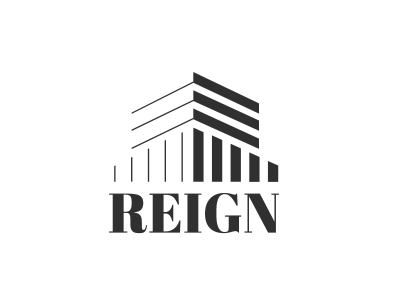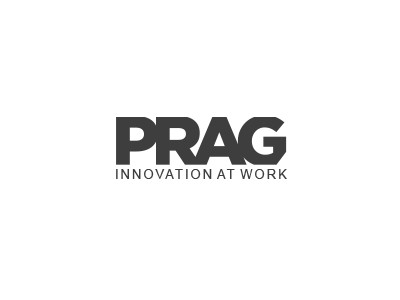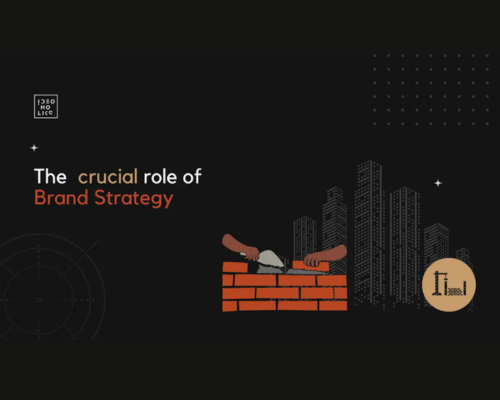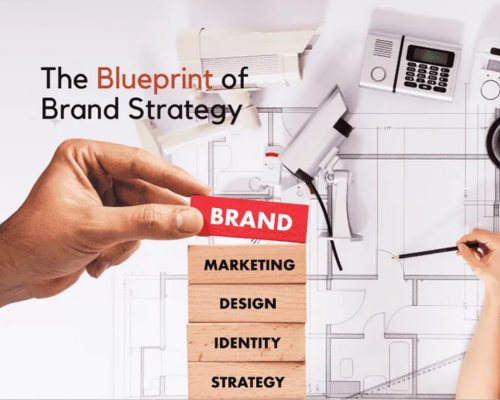At Ideoholics Design Studio, we operate at the intersection of Strategy & Creativity —where bold ideas meet purposeful design. We are a multidisciplinary studio that builds compelling brand identities, intuitive digital experiences, and impactful visual communication. Our approach is rooted in understanding your vision, aligning with your goals, and crafting solutions that are not just visually stunning, but strategically sound.
Designing immersive digital experiences, or developing strategic marketing campaigns, we approach each project with meticulous attention to detail.
More about us

















